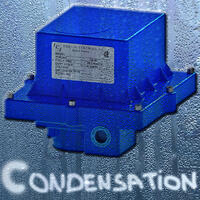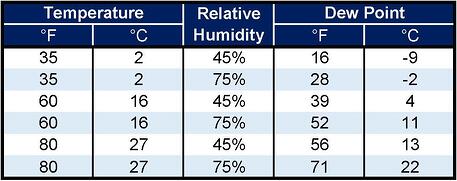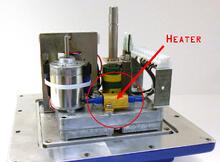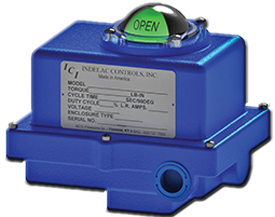 Unwanted condensation in/on electrical goods can have severe consequences. Metal parts, even stored in warehouses can corrode or suffer surface damage as a result of condensation. Inside an actuator enclosure it can damage critical components that impair product quality or productivity of the equipment, possibly leading to a breakdown. How can such a potential problem be solved?
Unwanted condensation in/on electrical goods can have severe consequences. Metal parts, even stored in warehouses can corrode or suffer surface damage as a result of condensation. Inside an actuator enclosure it can damage critical components that impair product quality or productivity of the equipment, possibly leading to a breakdown. How can such a potential problem be solved?
What’s causing condensation in electric actuators?
When the temperature of an object is at or below the dew point temperature of the air around the object, condensation will form on that particular object. A simple definition of dew point temperature would be the temperature at which water vapor, when cooled, will begin to condense into a liquid. It is the most used humidity parameter when talking about condensation. The dew point can be calculated from a given relative humidity and temperature. Below is a table showing typical temperatures and humidity values and their corresponding dew point temperatures:

For instance, let’s consider the following conditions: an electric actuator is in a room where the air is 60°F and the relative humidity is 75%. If the temperature inside the electric actuator gets to 52°F or lower, condensation will start to form inside the actuator.
How to anticipate condensation in actuators?
The best way to anticipate condensing conditions is to take air measurements in the area the actuator is meant to be installed and to then determine the actuator dew point. As the dew point temperature approaches, the condensation will start to form inside the actuator.
Preventing condensation inside an electric actuator?
This goal can be reached by:
- Controlling and regulating the air temperature and relative humidity in the area the electric actuator is in, in order to keep the actuator above its dew point temperature.
- Installing a heater inside the electric actuator.
- Equipping the actuator enclosure with a breather to prevent humidity from not remaining inside.








